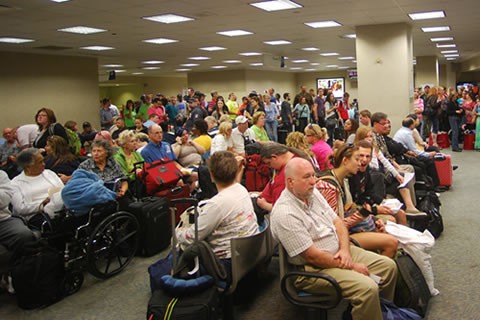Ok, I am ending the end of day 2.
I picked it up with 90% charge 240 est miles of range. I ended the day at 69% and 180 miles of est range. I plugged it in for an overnight recharge at my Dads (110 outlet) and was back up to 90% 240 the next morning. Today I took my sister for spin but really didn't put many miles on it (working around my dads house helping him with things). I am planning on driving around tomorrow, running errands for my dad.
Pros: As a car it is pretty nice, it feels like a typical Volvo. It is really quiet inside and comfortable. Very solid fit and finish, doors all the way around feel solid. The acceleration is insane and this isn't a performance EV (and putting it in the sport mode is ludicrous).
Cons: the interior seems small for the size vehicle (again, typical for a Volvo). The windows are small and the driver's side makes a horrible squeal when I put it up or down. No spear tires (typical for an EV). Unless you are a Tesla there aren't a lot of good places to charge publicly.
Surprise: How fast it recharged on a standard wall outlet. When I plugged it in before going to bed I suspected it was going to add a dozen or so miles to the battery. To have it back to 90% was a shock.
I am going to run it for a couple days, try to get it down under 50%, and then charge it on a fast charger to see how long it takes.
Thursday, I am going to drive up to my sisters which will be a range stretch for it. I know in the past it has been a little more than a 1/4 tank for my Ford (when I lived here) so I think I will have enough data to figure out how a range plus trip (where you would have to stop to charge) would be like.
So far this has been a pretty positive experience. I don't think I would buy a Polestar 2 as it is known not to be very efficient compared to other EVs on the market. Also, I don't care for how small the interior is...other than that I like the car.
I picked it up with 90% charge 240 est miles of range. I ended the day at 69% and 180 miles of est range. I plugged it in for an overnight recharge at my Dads (110 outlet) and was back up to 90% 240 the next morning. Today I took my sister for spin but really didn't put many miles on it (working around my dads house helping him with things). I am planning on driving around tomorrow, running errands for my dad.
Pros: As a car it is pretty nice, it feels like a typical Volvo. It is really quiet inside and comfortable. Very solid fit and finish, doors all the way around feel solid. The acceleration is insane and this isn't a performance EV (and putting it in the sport mode is ludicrous).
Cons: the interior seems small for the size vehicle (again, typical for a Volvo). The windows are small and the driver's side makes a horrible squeal when I put it up or down. No spear tires (typical for an EV). Unless you are a Tesla there aren't a lot of good places to charge publicly.
Surprise: How fast it recharged on a standard wall outlet. When I plugged it in before going to bed I suspected it was going to add a dozen or so miles to the battery. To have it back to 90% was a shock.
I am going to run it for a couple days, try to get it down under 50%, and then charge it on a fast charger to see how long it takes.
Thursday, I am going to drive up to my sisters which will be a range stretch for it. I know in the past it has been a little more than a 1/4 tank for my Ford (when I lived here) so I think I will have enough data to figure out how a range plus trip (where you would have to stop to charge) would be like.
So far this has been a pretty positive experience. I don't think I would buy a Polestar 2 as it is known not to be very efficient compared to other EVs on the market. Also, I don't care for how small the interior is...other than that I like the car.



